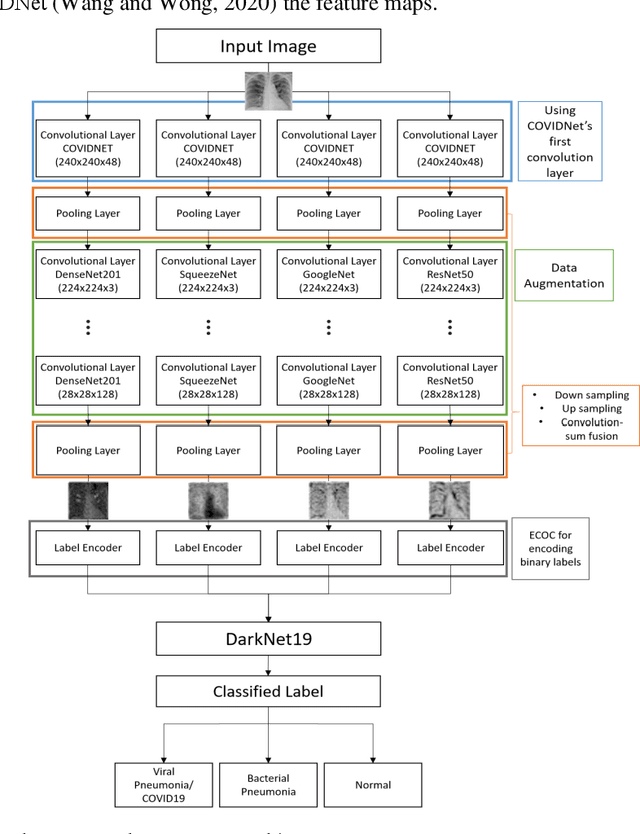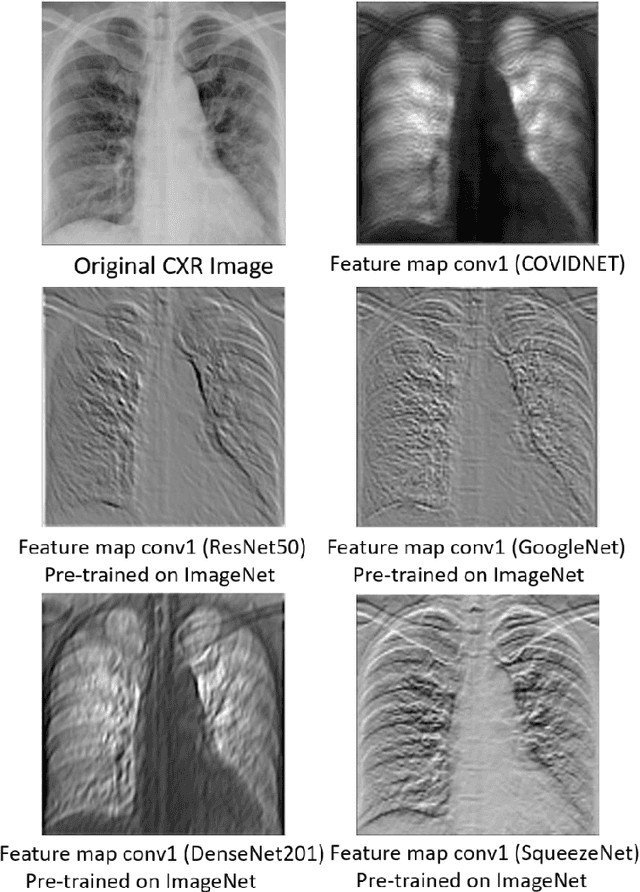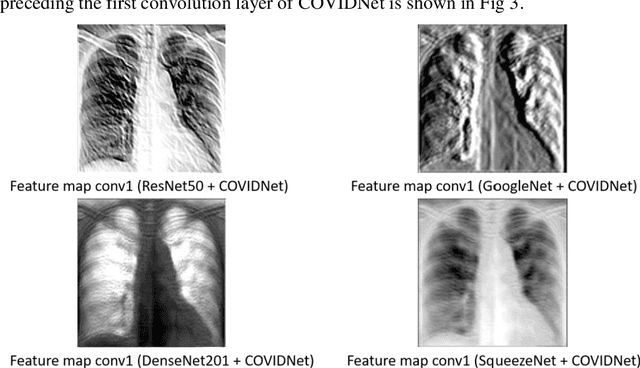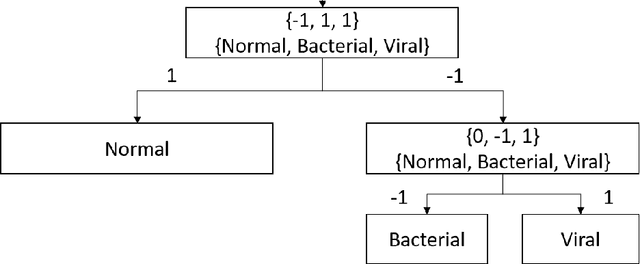Surbhi Bhatia
Machine learning based biomedical image processing for echocardiographic images
Mar 16, 2023Abstract:The popularity of Artificial intelligence and machine learning have prompted researchers to use it in the recent researches. The proposed method uses K-Nearest Neighbor (KNN) algorithm for segmentation of medical images, extracting of image features for analysis by classifying the data based on the neural networks. Classification of the images in medical imaging is very important, KNN is one suitable algorithm which is simple, conceptual and computational, which provides very good accuracy in results. KNN algorithm is a unique user-friendly approach with wide range of applications in machine learning algorithms which are majorly used for the various image processing applications including classification, segmentation and regression issues of the image processing. The proposed system uses gray level co-occurrence matrix features. The trained neural network has been tested successfully on a group of echocardiographic images, errors were compared using regression plot. The results of the algorithm are tested using various quantitative as well as qualitative metrics and proven to exhibit better performance in terms of both quantitative and qualitative metrics in terms of current state-of-the-art methods in the related area. To compare the performance of trained neural network the regression analysis performed showed a good correlation.
Triage of Potential COVID-19 Patients from Chest X-ray Images using Hierarchical Convolutional Networks
Nov 01, 2020



Abstract:The current COVID-19 pandemic has motivated the researchers to use artificial intelligence techniques for potential alternatives to reverse transcription polymerase chain reaction (RT-PCR) due to the limited scale of testing. The chest X-ray (CXR) is one of the alternatives to achieve fast diagnosis but the unavailability of large scale annotated data makes the clinical implementation of machine learning-based COVID detection methods difficult. Another important issue is the usage of ImageNet pre-trained networks which does not guarantee to extract reliable feature representations. In this paper, we propose the use of hierarchical convolutional network (HCN) architecture to naturally augment the data along with diversified features. The HCN uses the first convolution layer from COVIDNet followed by the convolutional layers from well known pre-trained networks to extract the features. The use of the convolution layer from COVIDNet ensures the extraction of representations relevant to the CXR modality. We also propose the use of ECOC for encoding multiclass problems to binary classification for improving the recognition performance. Experimental results show that HCN architecture is capable of achieving better results in comparison to the existing studies. The proposed method can accurately triage potential COVID-19 patients through CXR images for sharing the testing load and increasing the testing capacity.
 Add to Chrome
Add to Chrome Add to Firefox
Add to Firefox Add to Edge
Add to Edge